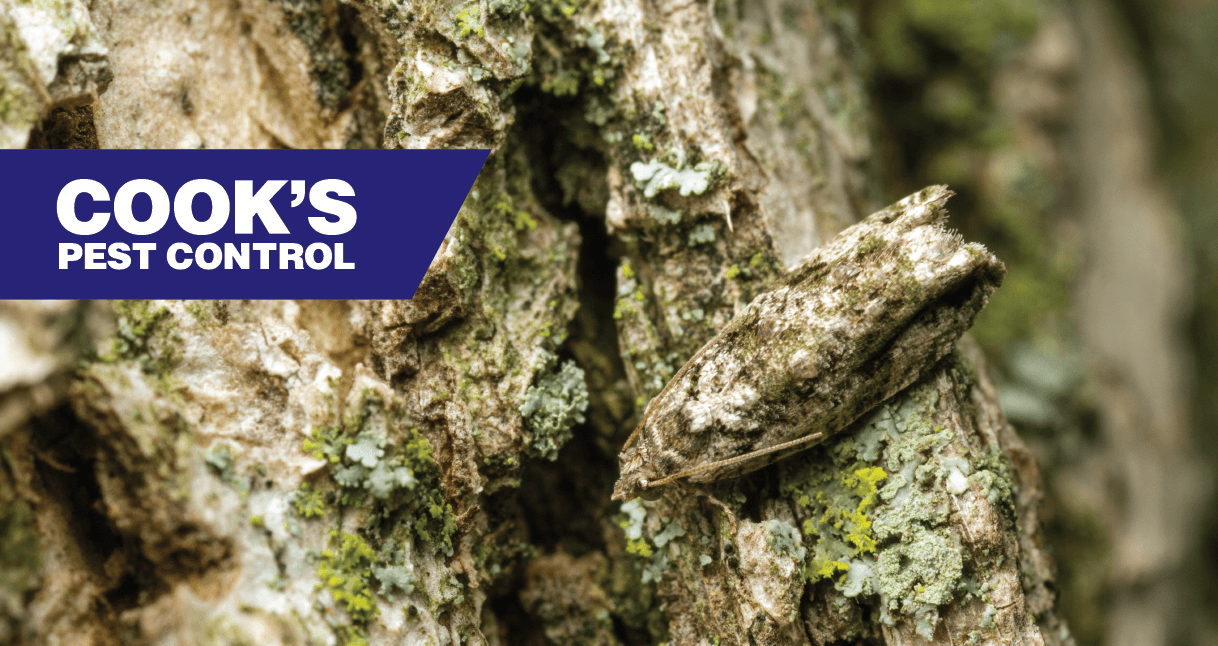Camouflage Insects: Now You See Me, Now You Don’t

Camouflage is very common in the animal kingdom. There are many different animals that may come to mind: chameleons, some fish, and especially insects. There are many different types of insects that demonstrate forms of camouflage. Why though? If you think about living as a small, defenseless insect, then camouflage would be vital to your survival. We’re going to look behind the camouflage of three different kinds of bugs – walking sticks, scorpions, and caterpillars.
Nature’s Specialized Protection
Walking sticks are a group of highly camouflaged insects in the order Phasmatodea. As mentioned, camouflage helps insects to avoid predation, and walking sticks accomplish this by blending in with the plant material on which they are resting. This group gets its name from the Ancient Greek work phasma, meaning phantom, which refers to the way they blend into vegetation. Although camouflage is their main source of protection, some species also employ secondary defenses such as spines and toxic secretions. Walking sticks are found on every continent except Antarctica, but they live in mostly tropical and subtropical climates as herbivores feeding and living within tree canopies. Most are parthenogenic, meaning they do not require a mate for reproduction and will breed all year long. These insects vary in size, shape, and color; they can be anywhere from 0.5” to 12” in length. Some phasmids have a cylindrical, stick-like shape while others have a flattened, leaf-like shape. These species of insects do not fly and have mostly no wings or shortened wings. Universally they have chewing mouthparts so that they can eat the leafy vegetation on which they prefer to rest. Because of their affinity for living on and eating vegetation, these well-disguised insects will cause forest defoliation, which can be detrimental for trees. However, they are susceptible to habitat destruction, pesticide usage, and being collected for pet trade.
Our next creepy crawler, the scorpion, is actually an arachnid, which means it has eight legs. In addition to having two more legs than an insect, scorpions have two large front pincers. Most people have seen these, and some people may run and hide at the sight of them. Often, though, these guys are the ones doing the hiding. Although there are very large scorpions that can grow to the size of your palm or larger, the ones native to the South are typically 2” or less in size. Scorpions like to be out of sight and typically live under bark, stones, logs, woodpiles, mulch, etc. Due to their natural coloration, they often blend into what they are living on, making it hard to see them. Scorpions are referred to as opportunistic predators, which means they will hunt for spiders and other small insects as a food source. In Alabama, Georgia, and North Florida we have a few different types of native scorpions, including the Hentz Striped Scorpion and the Southern Devil Scorpion. Since they are tricky to find and like to hide outside, you may be curious to know the easiest way to see them: most species of scorpions will light up under a UV blacklight, which makes their bodies glow in different colors, sometimes blue and sometimes green. However, what happens if these sneaky predators get inside the house? Scorpions will often get into houses and garages because they are able to fit through gaps as small as 1/8” wide. Although they may have clever ways of finding their way indoors, they are mostly nocturnal and shy. It takes a lot of energy for a scorpion to be able to sting, so unless they feel highly threatened they will not sting. They will just explore in search of food and water, and will eventually die from either dehydration or starvation.
The final camouflage insect I will mention is the caterpillar, specifically the Giant Swallowtail caterpillar. Imagine being a caterpillar; you are very helpless in relation to the world around you. You are non-threatening and have a soft body (a tasty treat for birds), so camouflage is important for your protection. Some species of the caterpillar have spines or urticating hairs that will sting when flung. However, the Giant Swallowtail caterpillar employs a different strategy: it disguises itself as bird droppings. This caterpillar differs in appearance and behavior from instar to instar. An instar is a different stage of the insect during its larval period. The first little instars look the most like bird droppings and will often rest on the topsides of leaves. Birds are easily fooled by this stage since they do not want to consume their or other birds’ feces. However, as the caterpillar molts and becomes larger, they begin to look a little less realistic. In turn, they will start to rest on the undersides and stems of the plant they are feeding on so that they have less risk of being eaten. Eventually, they will no longer look like bird droppings at all; instead, they become beautiful Giant Swallowtail butterflies.
Camouflage is very important in the animal kingdom. Although insects will always be food for other animals (even other insects!), they want to live as much as the next animal does, so they have unique ways of staying alive and out of plain sight. Next time you’re out on a walk outside, see if you can discover a sneaky insect in hiding!
Kristen Stevens, BCE
